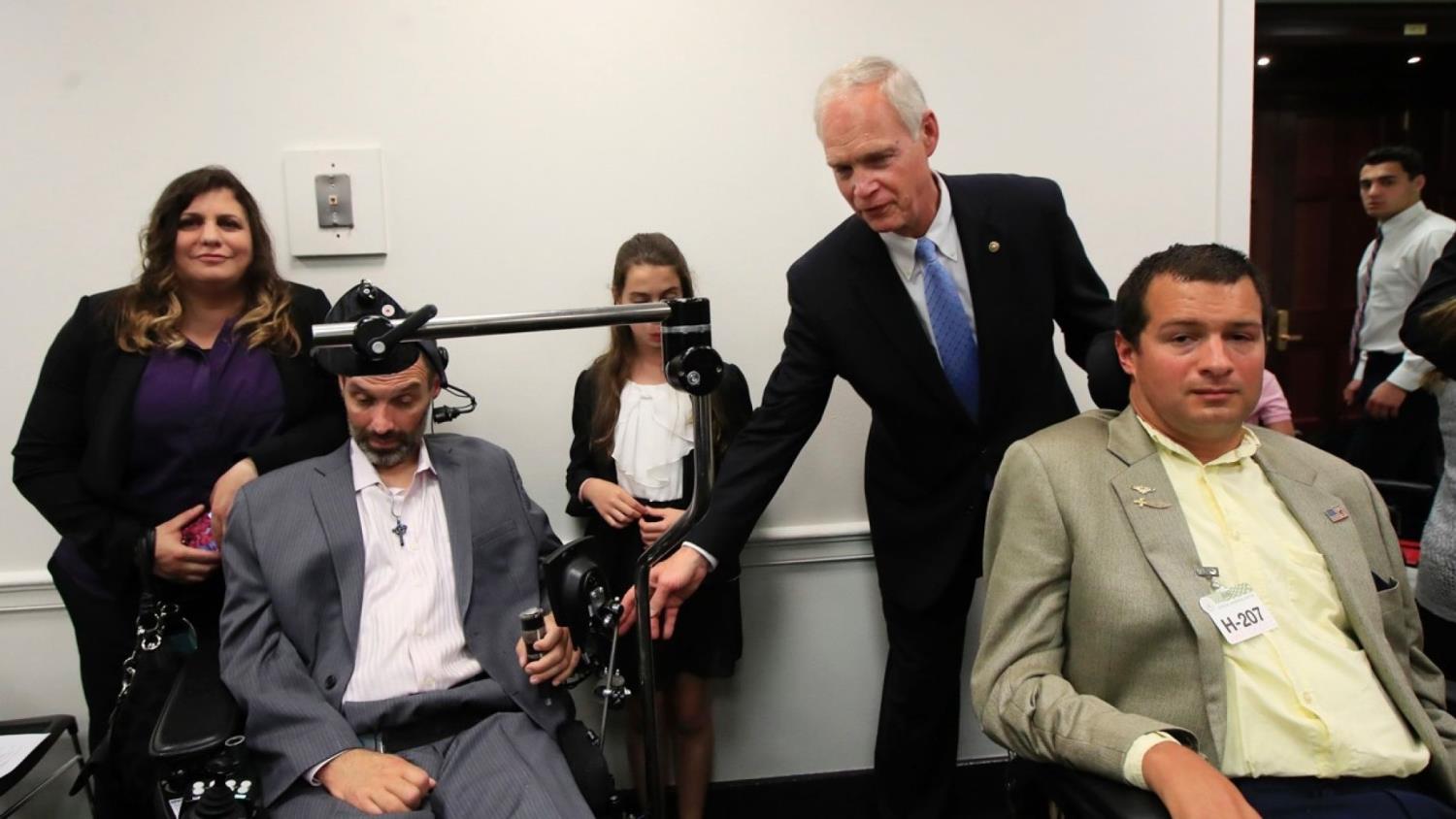Click here for a fact sheet about Right to Try, including an overview of who may qualify, what treatments may be accessed and other information. The fact sheet is being updated regularly as new information comes out. (Original posted June 14, last update June 18)
Yesterday, the United States House of Representatives passed a bill called the Trickett Wendler, Frank Mongiello, Jordan McLinn, and Matthew Bellina Right to Try Act of 2017. As this bill was passed by the Senate previously, it will now be sent to President Donald Trump, who is expected to sign the legislation. Generally speaking, the bill offers individuals a new path to access experimental or investigational medicines which they, their doctor and a drug maker believe may help them.
This bill will have implications for millions of people in the US battling life-threatening disorders for which there are not sufficient FDA-approved treatment options. The ALS community, including many people with ALS from all over the country, have been at the helm of advocating and lobbying for the passage of federal Right to Try (RTT) legislation. Named in the bill’s title are several individuals who were involved in this public advocacy: Wendler passed away from ALS in 2015; Mongiello was diagnosed with ALS in 2015; McLinn is battling muscular dystrophy; Bellina was diagnosed with ALS in 2014.

(Photo: ALS patients Frank Mongiello and Matt Bellina with Sen. Ron Johnson R-Wisc (standing in center) gathering before press conference following passage of bill. Source: Fox News/Associated Press)
According to this new law, a person with a life-threatening disorder who cannot access an experimental or investigational medicine through a clinical trial, can enter into a relationship with the drug maker to access that medication directly through a physician. The patient must be willing to sign an informed consent form and assume all the associated risks of taking an unproven medication, but other than that, there are few burdens placed on the patient, physician or drug maker.
Only 12 states did not already have existing Right to Try legislation on the books at the time of the federal bill’s passage yesterday. It is expected that President Trump will sign the bill, and following that, the bill will become the law of the land. It will supersede many of the bills passed by 38 states and extend coverage to those who didn’t have pre-existing legislation around Right to Try. The FDA and likely other parts of the federal government will have some work to do before people with ALS or other disorders start accessing drugs under the provisions of this new law. Regulators, including the head of the FDA have said that they will work to implement the bill quickly.
One thing that the federal RTT bill does not do is eliminate the existing paths at the FDA which have been used already by patients, physicians and companies alike to offer access to medications in advance of FDA approval. Large scale Expanded Access Programs (EAP), such as the one recently launched by Biohaven Pharmaceuticals on their reformulation of riluzole, will still be used. And smaller scale EAP approaches such as single patient compassionate use IND filings will also continue to be utilized by people with ALS and other life-threatening diseases. The main difference between the existing and new path to access is that under the RTT bill, FDA oversight is significantly reduced.
The federal Right to Try Act does provide a more direct option to patients to access experimental therapies, but it does not compel drug makers to actually agree to give a patient that access. Furthermore, no doctor is going to be forced to work with their patient/s to request access to a medicine from a drug maker. The bill still leaves it up to each company and each doctor to determine on their own—using whatever process they want—whether or not providing access to the experimental therapy is the right thing to do for patients.
While it is expected that more people will access investigational or experimental medications, the full impact of this bill won’t likely be known for several years, as the FDA works out these new regulations and collects data the bill requires them to. For example, the FDA will be required each year to collect information from drug makers on the number of patients who have accessed medications under RTT, among other information. The FDA is to post this and other information on its website annually.
For more information on these approaches, email letstalk@als.net. You are also invited to register for our webinar in June, during which we will dive deeper into this new bill and its potential implications in ALS.
Helpful Links: